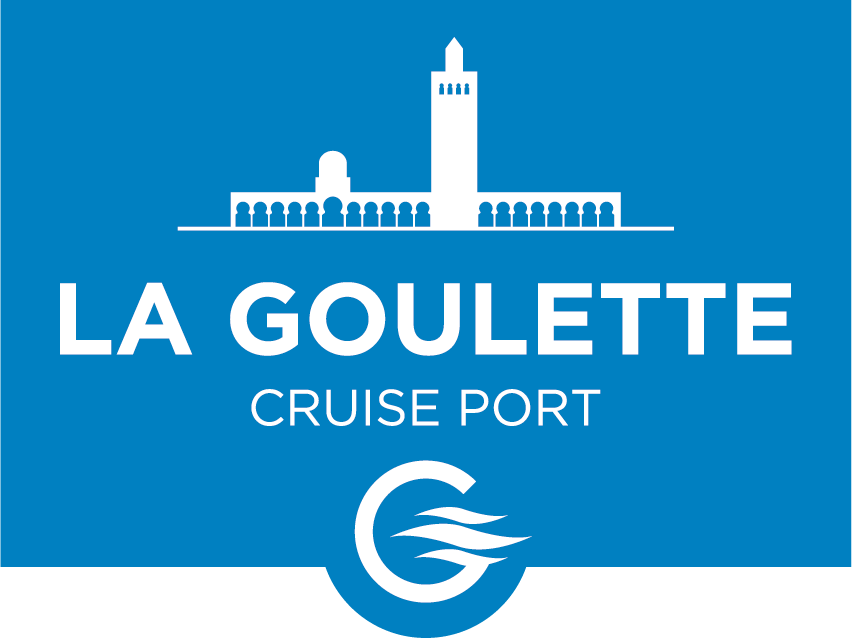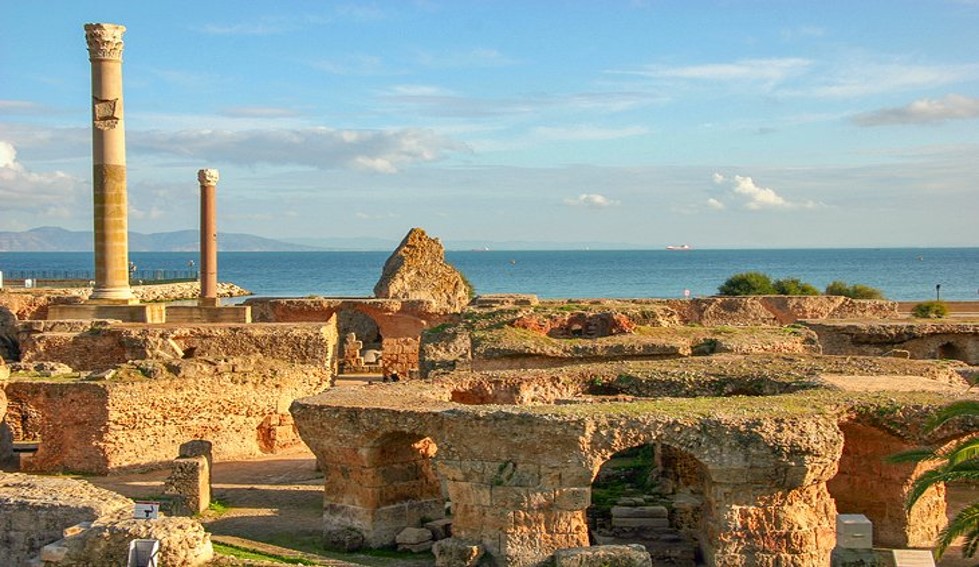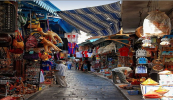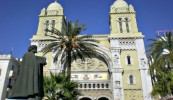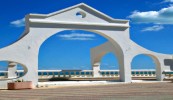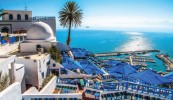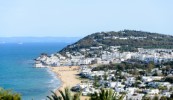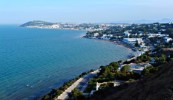Carthage was founded around 814 BC by Princess Elissa, sister of the king of Tyre, Pygmalion. Its destiny, as great as tragic, first brought it to the knowledge of power and prosperity at the beginning of the 3rd century BC. when it dominated economically the western Mediterranean.
But the three Punic wars it waged against Rome (264-146 BC) led to its complete destruction. Rebuilt by the Romans in 44 BC, Carthage once again became the most prosperous city in Africa under Emperor Augustus. Looted by the Vandals in 440, rebuilt by the Byzantines in 533, it was finally conquered by the Arabs in 698. Carthage was then dismantled and served as a quarry for construction of Tunis.
The archaeological site of Carthage, which has been on the UNESCO World Heritage List since 1979, is drastically protected by a national classification law.
MUST SEE:
The amphitheater: built in 1st century A.D. outside the city, the amphitheater of Carthage was considered as one of the biggest amphitheaters of the Roman Empire.
Today, there remains only an oval-shaped arena, 65 m long by 37 m wide, with, at both ends, the accesses through which the wild animals arrived.
The tophet: Located near the Punic ports, it is a sacred enclosure where the Carthaginians would have sacrificed their children to the protective deities ,Tanit and Baal Hammon according to a well-anchored historiography.
The Paleochristian museum: The antiquarium presents, with detailed explanations, a series of objects recovered during excavations: small objects in iron, bronze or bone,and coins. A didactic presentation of the ceramics according to their nature (common signed lamps) provides a good record of the African and imported production at the end of antiquity; varieties of marble and other stones with their place of origin, also terracotta tiles and vaulted tubes. Various mosaics from the House of Greek Chariots and the Basilica of Carthagena are also on display.
The district Magon: located by the sea, a short distance south of the famous thermal baths of Antonin; remains of houses of Punic period of the last period in the state of destruction of the city by the Roman armies, and houses dating from the Roman era.
The Antonin Baths: The baths remain the most spectacular of Roman Carthage. Built between 145 and 162 AD, they are the third largest in the world after the baths of Caracalla and Diocletian. After their destruction by the Vandals, they remained buried until excavation work began after 1945. All that remains of the building is the basement where the facilities for the operation of the complex were housed.
The Roman Villas: The villas stretch out beyond the baths, crossed by paths generally obeying the lay-out of the Roman streets. The group of buildings set in these gardens provide an idea of the urban plan of Carthage and the life-style of its citizens.
The theatre: Built in the IInd century A.D. under the reign of Hadrian, the theatre was restored several times before being destroyed by the Vandals in 439. It stands on the flank of the Odeon hill and was of considerable size. It comprised three concentric galleries with a colonnaded portico above. During excavation work on the theatre, several statues were found, including a colossal statue of Apollo which is now in the Bardo museum. Today, the theatre hosts the Carthage international festival during the summer.
The Carthage museum: It contains most of the objects discovered in Carthage and its surroudings grouped into collections displayed in thematically organised rooms.
On the first floor:
an introductory room : a sort of summary of the different periods of Carthage history : Punic, Roman, Paleochristian, Byzantine and Arab. A didactical exhibition of various marble and ceramic objects but also jewellery, amulets, ivory, glassware, terra cotta tiles uncovered during the different excavation campaigns.
a Punic room displaying a model of the levels of occupation of the Tophet ; also a series of votive stelae, statuettes, local and imported objects.
On the ground floor :
Exhibition of Punic stelae and sarcophagi from the necropoles of the region, and a room devoted to the relationship between science and archaeology (restoration, analysis, dating) and another Paleochristian room containing sculptures, tiles and mosaics from this period ( including the one known as the Carthage room mosaic).
In a wing of the annex building, a room on the first floor has been arranged to display the various objects retrieved from the French excavations of Carthage.
The building with columns: The building contains a vast rectangular room divided into three aisles by two rows of columns with Corinthian capitals dating back to the IVth and beginning of the Vth century.
The Punic Ports ( Vth - IVth C. BC): Located at the southeastern end of the coastal plain, the Punic ports currently consist of two lagoons located in the middle of a modern residential area. In the past, the complex consisted of a rectangular port for the merchant navy, which communicated, by a narrow exit, with a circular military port, the headquarters of the admiralty which thus controlled the movement of the ships.
Contemporary Carthage: Carthage is one style residential suburb of Tunis today. Attractive villas, elegant shops and chancelleries make up the modern landscape of this antique site. Carthage shelters even the presidential palace.
North African American Cemetery and Memorial : is located in Carthage, Tunisia, where 2841 American soldiers are buried. Most lost their lives during the military activities of the Second World War in North Africa. The cemetery is open to the public from 9 am to 5 pm on weekdays except Tunisian public holidays, December the 25th and January 1st. When the cemetery is open to the public, a staff member is usually on duty in the visitors' building to answer questions and escort family members to burials and memorial sites.
